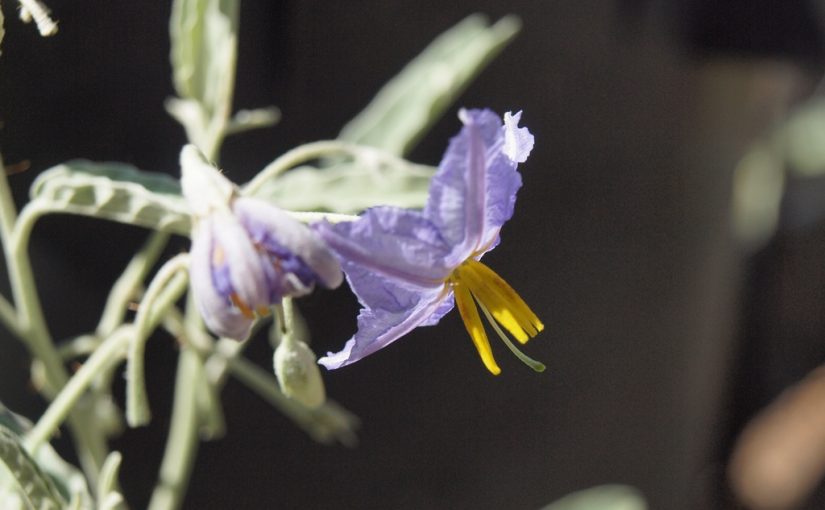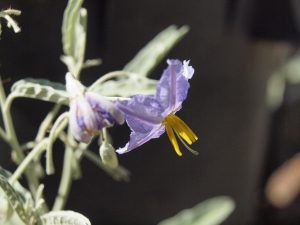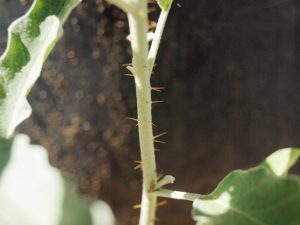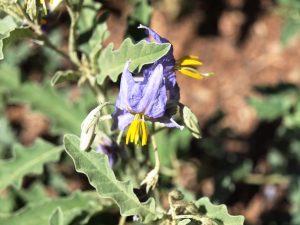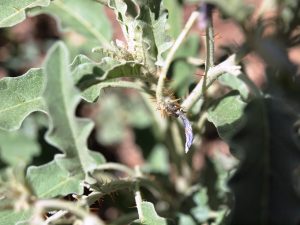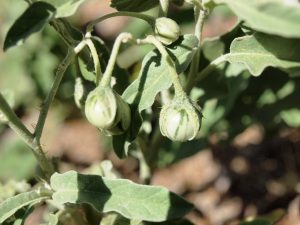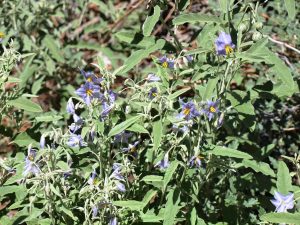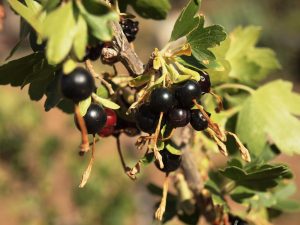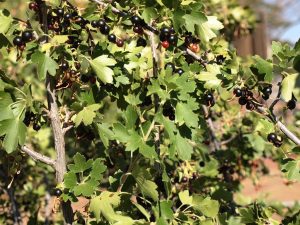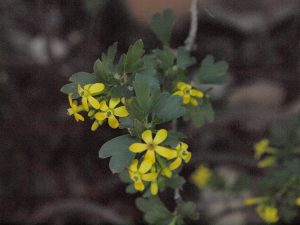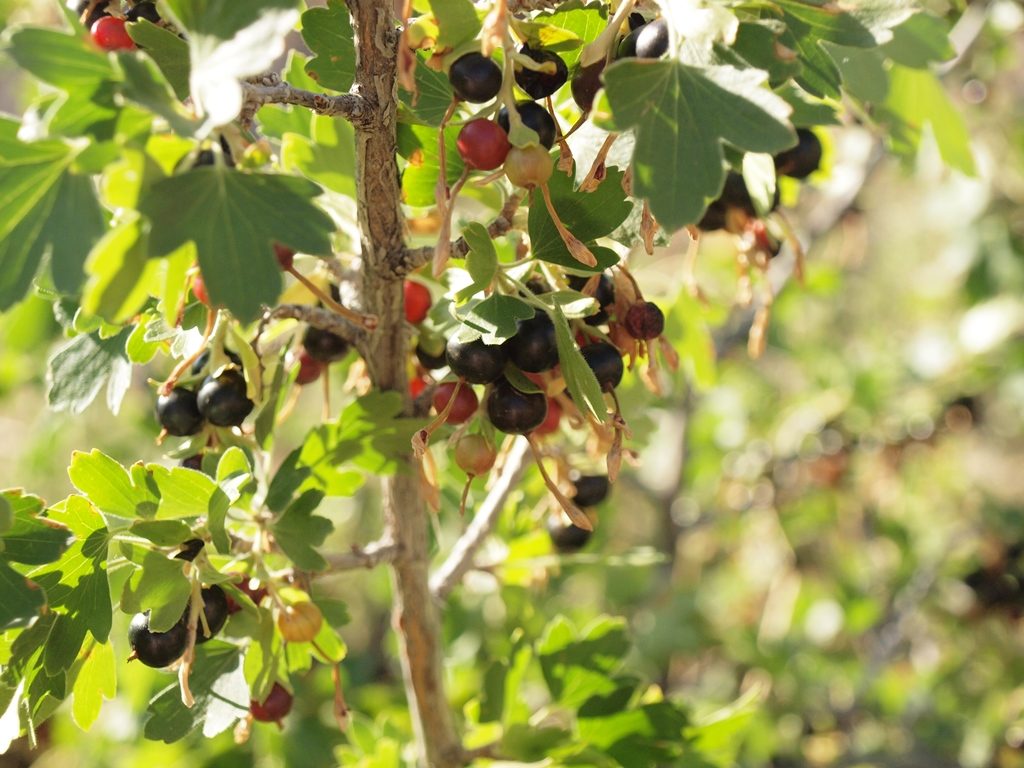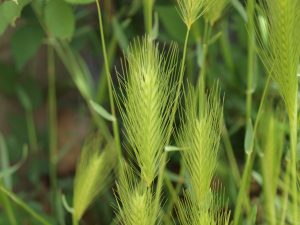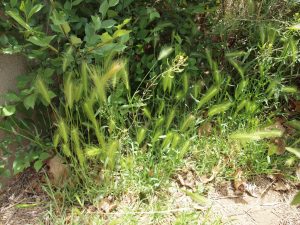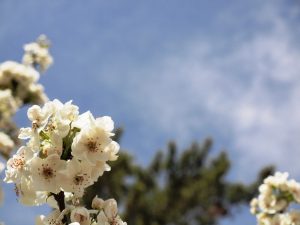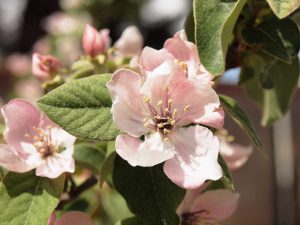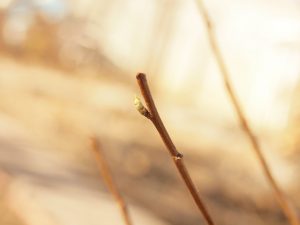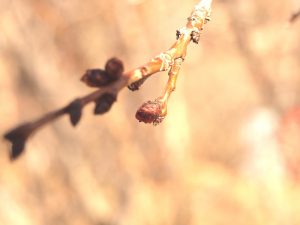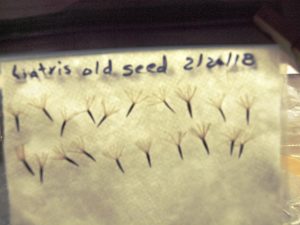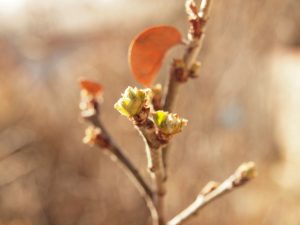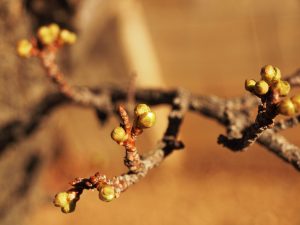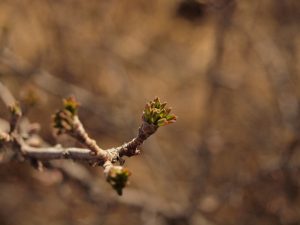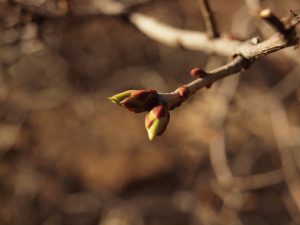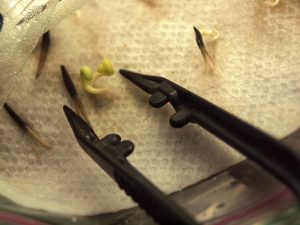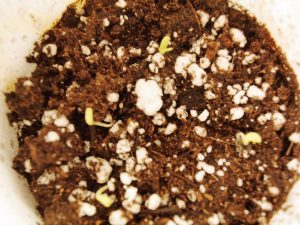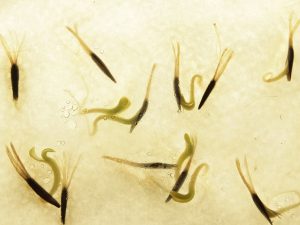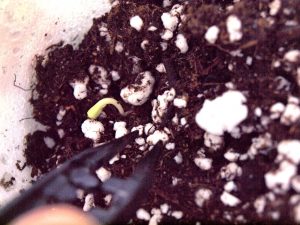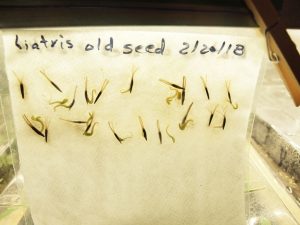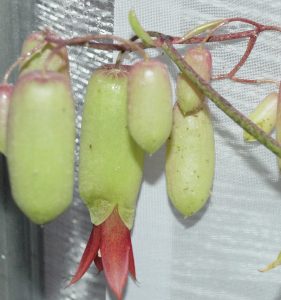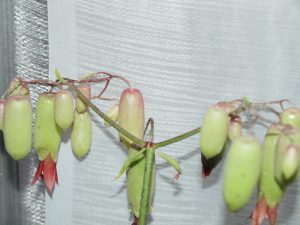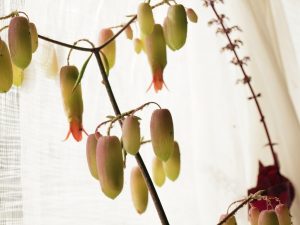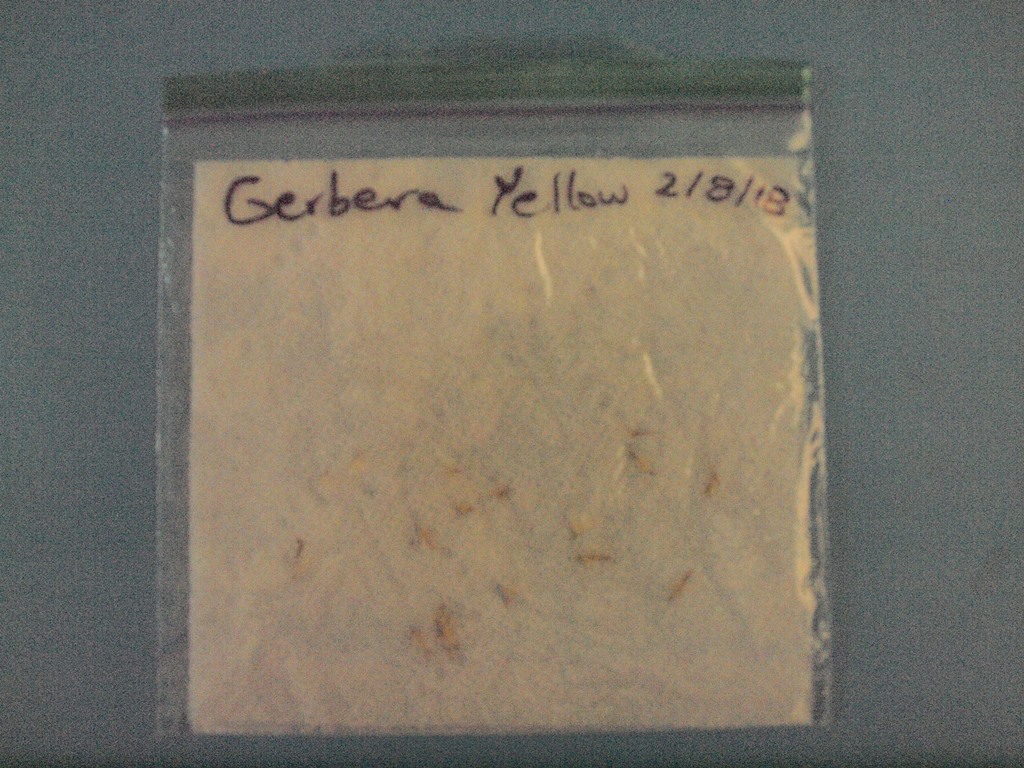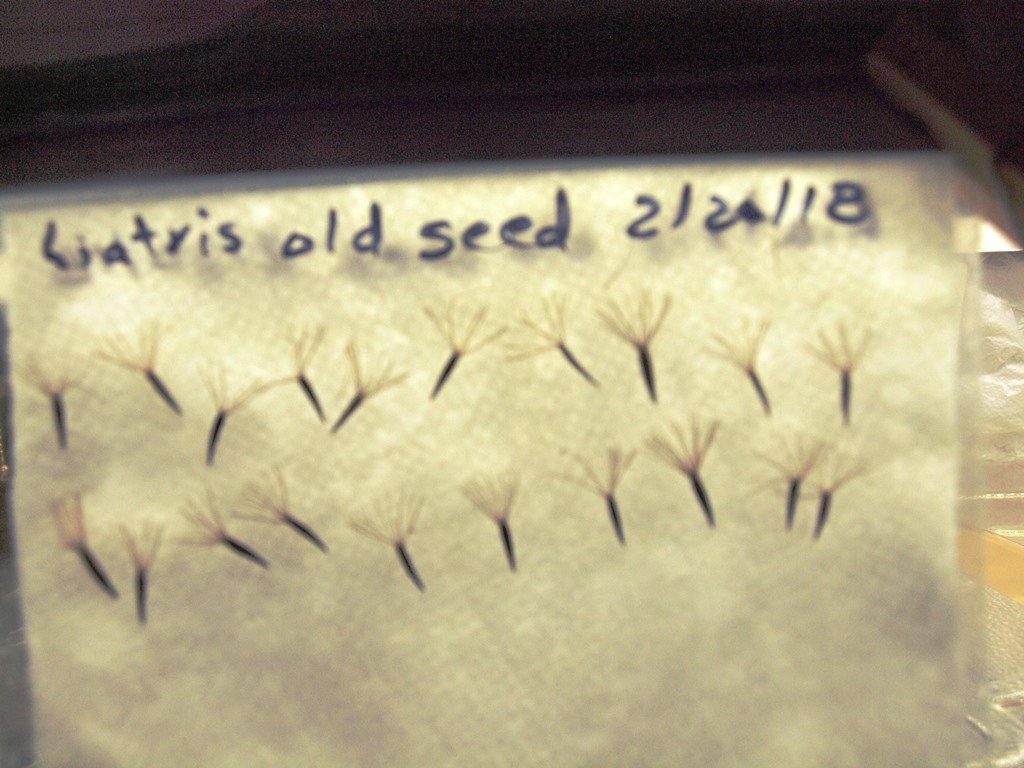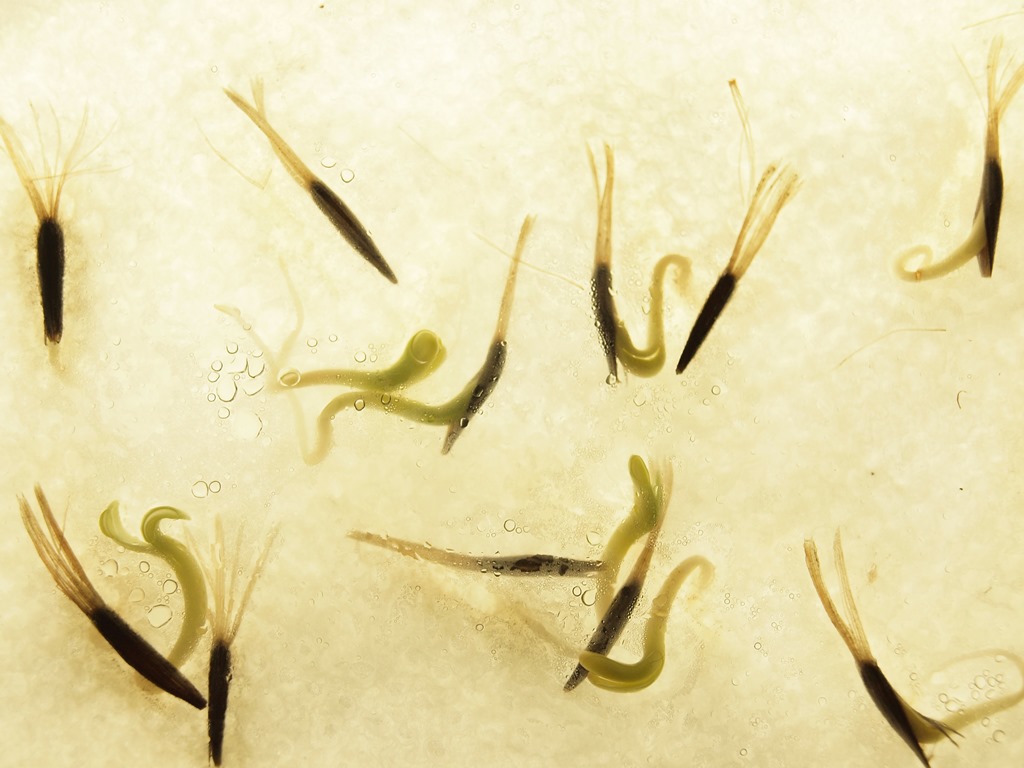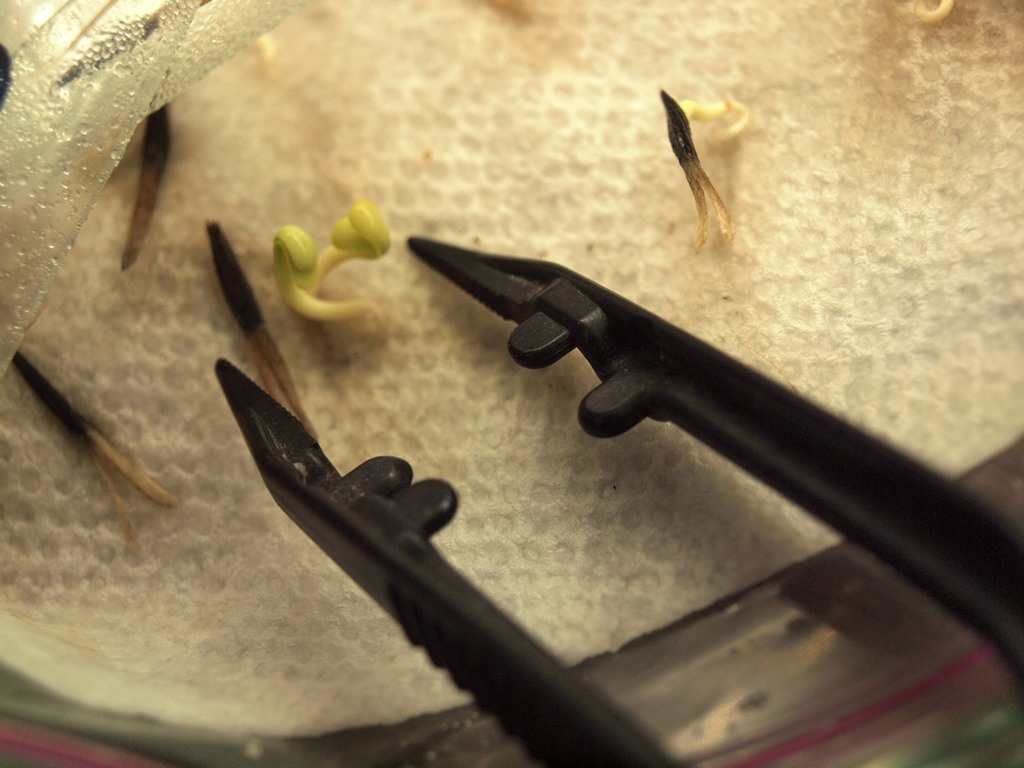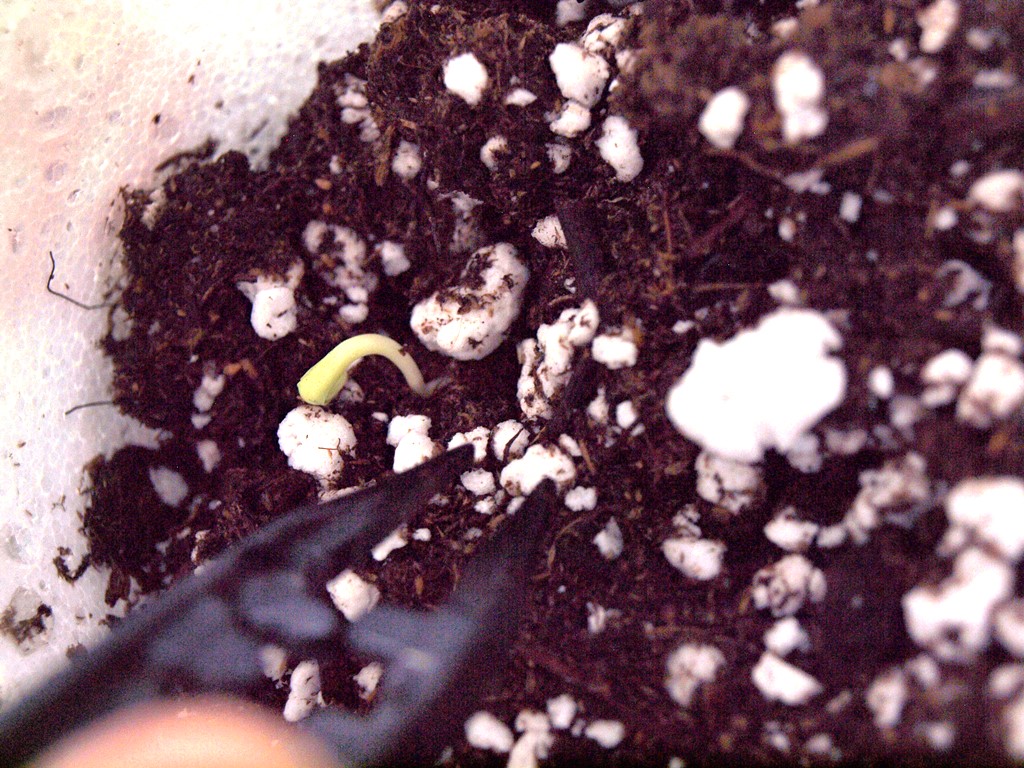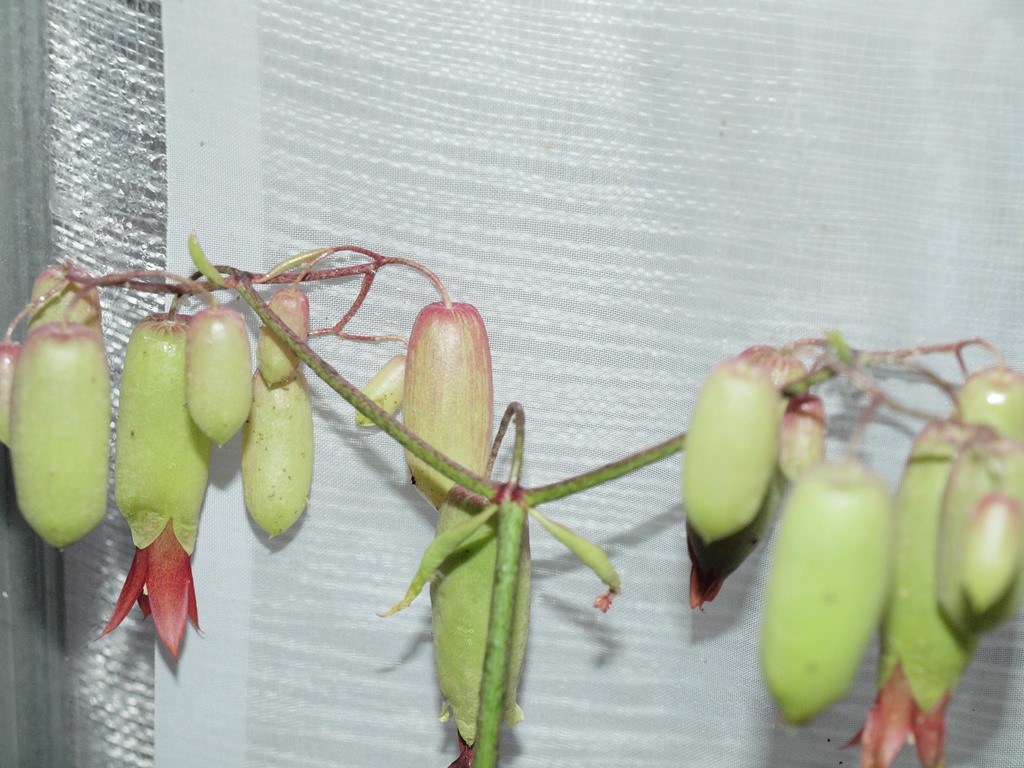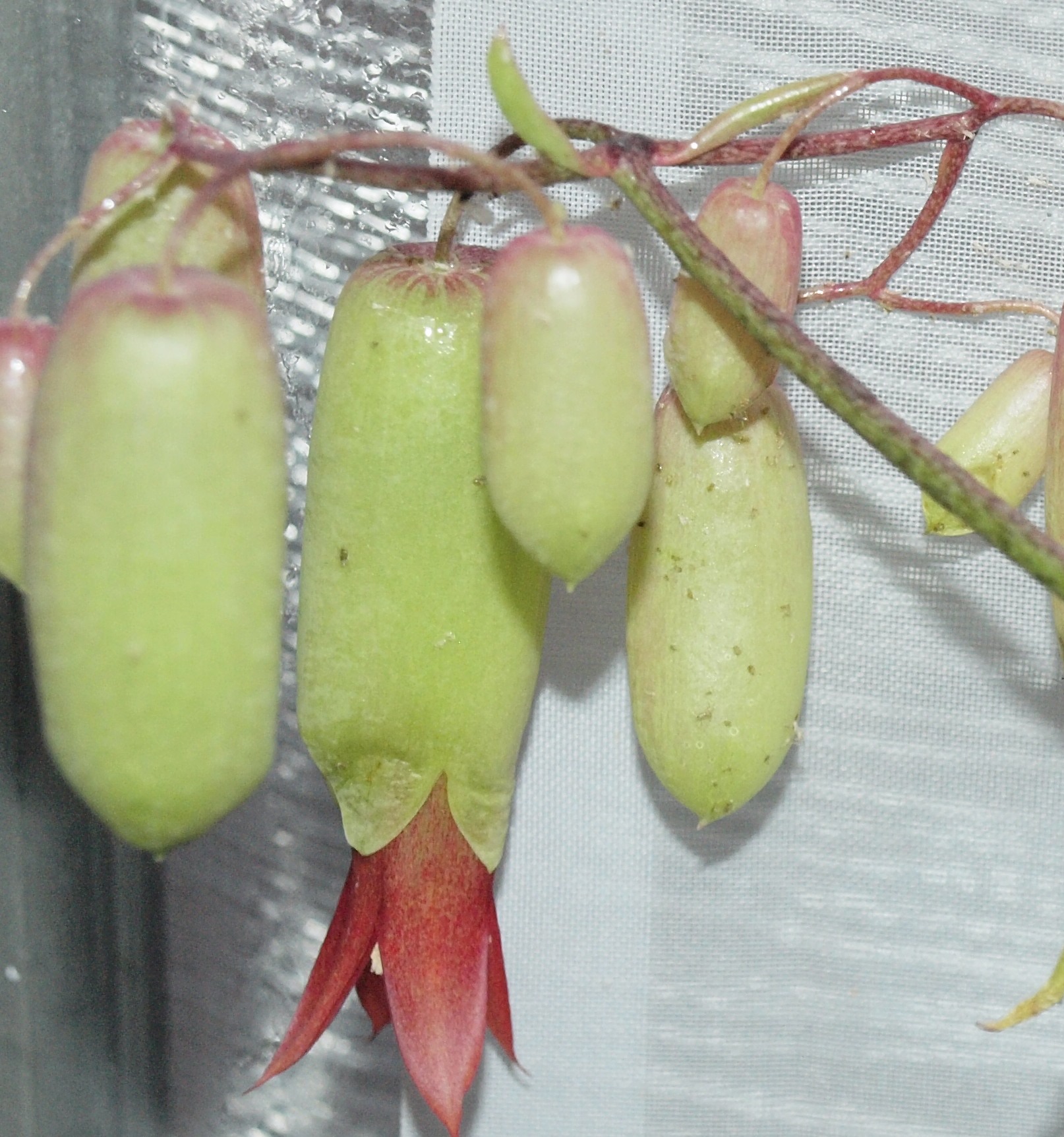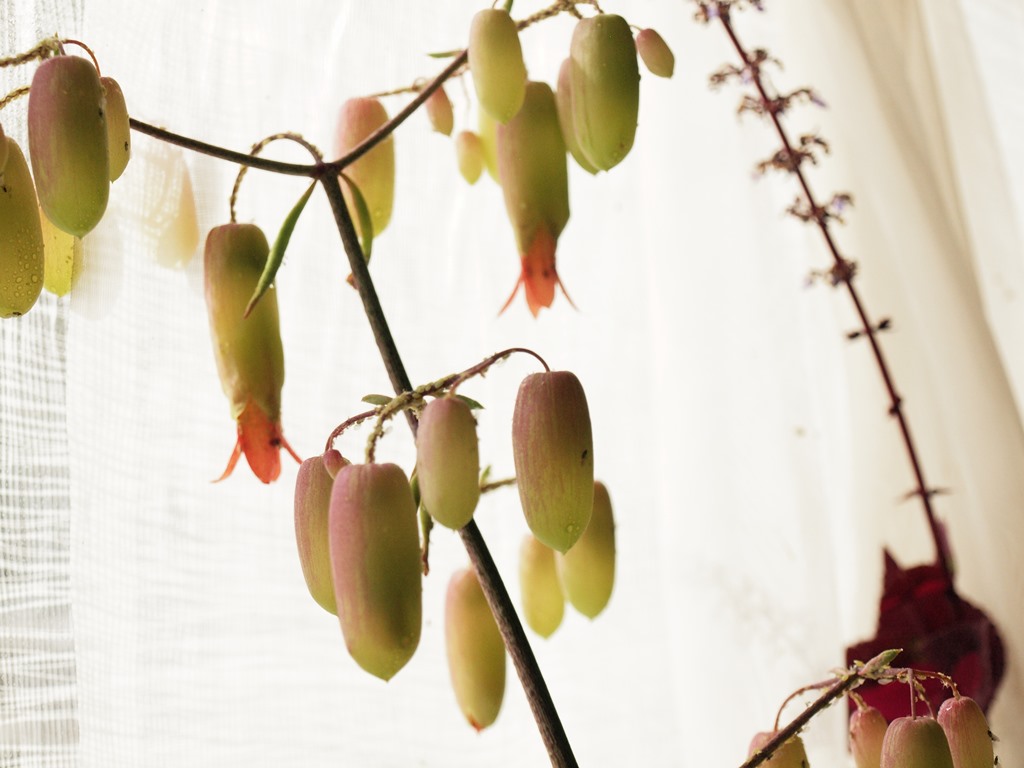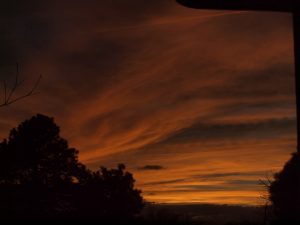Flanders poppies (corn poppies – Papaver rhoeas) are blooming in my yard. For more than 10 years I have watched them moving through my neighborhood in Albuqueque. I first noticed them in my church parking lot and a vacant lot about 5 city blocks east of my home. They moved to the west, against the prevailing winds and now I have seen them miles to the west of where I first noticed them. They are pretty, they have historic significance (see the poem below), but they can be somewhat weedy. They are winter annuals, sprouting in the winter, blooming in the spring, shedding their seeds, and then dying by the heat of summer (here in Albuquerque).
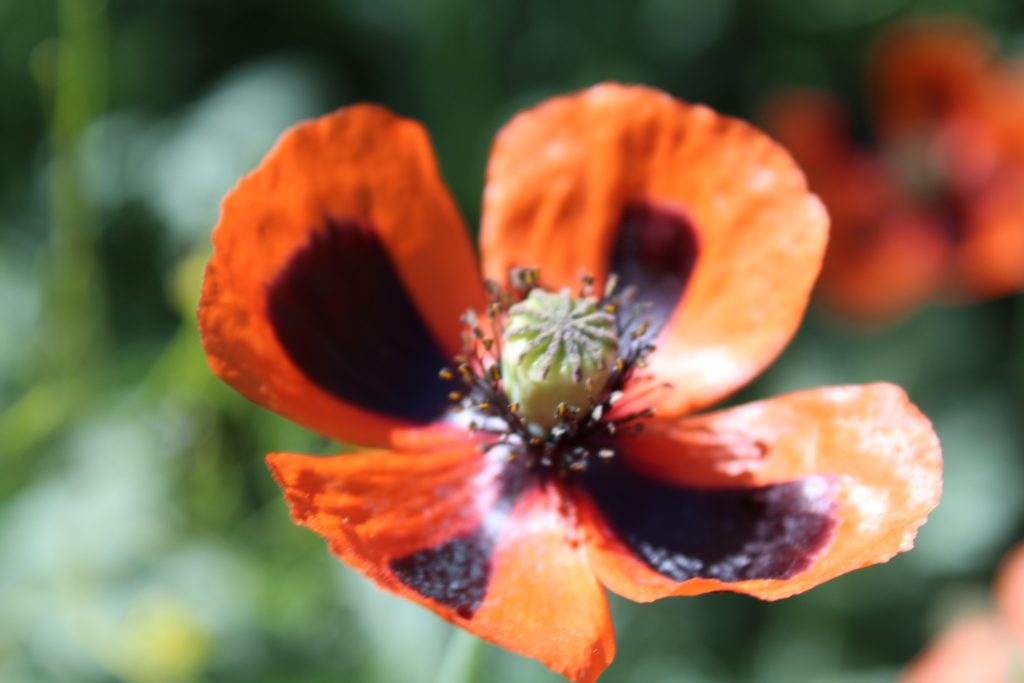
Flanders Poppy
These are the flowers written about during WWI by Canadian John McCrae –
In Flanders Fields
Lieutenant-Colonel John McCrae
Canadian physician in WWI
In Flanders fields the poppies blow
Between the crosses, row on row,
That mark our place; and in the sky
The larks, still bravely singing, fly
Scarce heard amid the guns below.
We are the Dead. Short days ago
We lived, felt dawn, saw sunset glow,
Loved and were loved, and now we lie
In Flanders fields.
Take up our quarrel with the foe:
To you from failing hands we throw
The torch; be yours to hold it high.
If ye break faith with us who die
We shall not sleep, though poppies grow
In Flanders fields.
